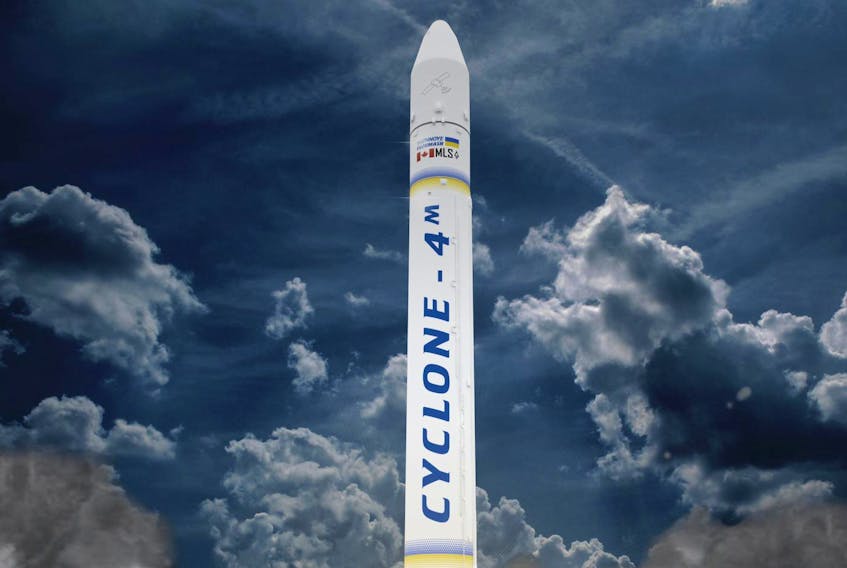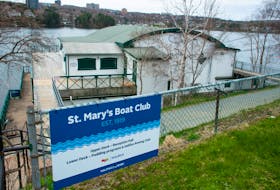Maritime Launch Services has filed the focus report demanded by the province’s Department of Environment.
The company’s plans for a spaceport near Canso were delayed last year when the department found a host of deficiencies in the environmental assessment registration document filed by the company.
Among the concerns raised by the Department was the use of a hydrazine family chemical in the second stage of the Ukrainian built Cyclone 4M rockets that would launch from the facility into polar and sun synchronous orbits.
The highly toxic and corrosive chemical unsymmetrical dimethyl hydrazine is also thought to be a carcinogen.
It’s also widely used as a thruster propellant because it doesn’t require an ignition source.
The focus report points to it having been used by NASA’s space shuttle, on SpaceX’s Dragon Capsule and Magellan Aerospace’s MC-200 satellite bus being manufactured in Winnipeg for the Canadian Space Agency’s RadarSat Constellation.
It is used on rockets launched from the United States, Japan, South Korea, Australia, Israel, Brazil, China, Russia and Kazakhstan.
If you want to climb, you need the power
According to Environment Canada, 87 per cent of the hydrazine used in Canada in 2009 was as an oxygen scavenger/corrosion limiter in the boilers of power plants.
“While both the (European Space Agency) and NASA identify the advantages of developing a green alternative to hydrazine, both agencies still rely on and use it for current and planned future launches,” reads the focus report.
“In time, these alternate fuels could potentially be used in place of hydrazine but will require significant testing and flight certification and are not suitable for use with the proposed launch vehicle. Currently there are no hydrazine replacement options for restart of propulsion systems while in orbit.”
California based United Paradyne Corp. is part owner of Maritime Launch Services and will also be responsible for obtaining, transporting and storing the fuels used by the rockets.
Last week Maritime Launch Services held an open house at the Canso fire hall that drew over 150 visitors.
“Most of all people were very positive about the project,” said Fin Armsworthy, councilor for the area.
“Anybody who had any questions, they got their answers. They do this in Cape Canaveral and all these other places and you just got to watch what’s going on. These people are experts in what they do.”
The Department of Environment has until May to decide whether to allow the project. From there the company will enter into the Department of Lands and Forestry for a lease of the lands it wishes to use for the spaceport.
Maritime Launch Services is not publicly traded, so information on how its fund-raising is progressing is private.
The anticipated cost to build the facility itself is about $200 million.
“Things are maturing nicely,” was all president and chief executive officer Stephen Matier would say on the capital raising front.
If regulatory approvals are granted, Matier said he expects to be able to announce more in July to coincide with a ceremonial ground breaking.
Actual construction wouldn’t begin until next spring.









